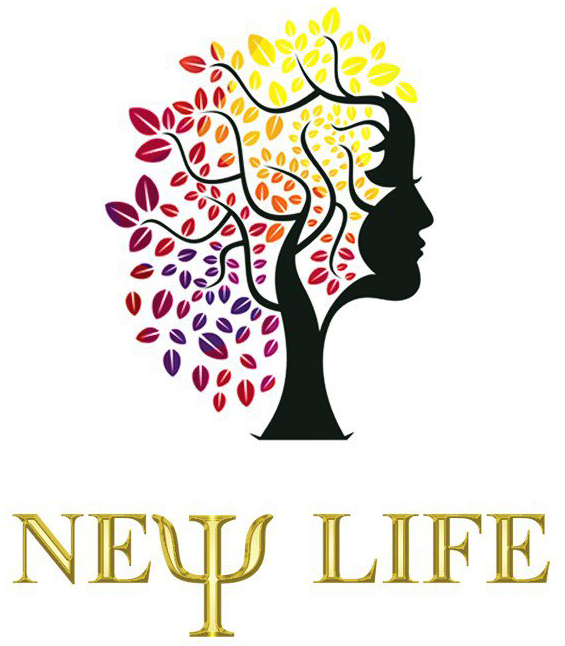Mythology has long served as a wellspring of inspiration for storytelling across cultures. In recent decades, this rich heritage has profoundly shaped the landscape of modern game design. By weaving mythological themes, symbols, and archetypes into gameplay, developers create immersive experiences that resonate on both cultural and psychological levels. Understanding these influences not only enriches player engagement but also offers educational insights into ancient civilizations.
Table of Contents
- 1. Introduction: The Intersection of Mythology and Modern Game Design
- 2. The Role of Ancient Myths in Crafting Game Themes and Storylines
- 3. Symbolism and Visual Elements Drawn from Ancient Myths
- 4. Mechanics and Rewards Inspired by Mythology and Historical Contexts
- 5. Case Study: Le Zeus – A Modern Example of Mythical Influence
- 6. Non-Obvious Connections: Mythology’s Impact on Game Aesthetics and Player Psychology
- 7. Challenges and Ethical Considerations in Myth-based Game Design
- 8. Future Trends: Evolving Mythological Influences in the Gaming Industry
- 9. Conclusion: The Enduring Power of Myths in Shaping Modern Games
1. Introduction: The Intersection of Mythology and Modern Game Design
a. Defining mythological influence in contemporary entertainment
Mythology, encompassing stories of gods, heroes, and cosmic forces, provides a foundational narrative fabric for many forms of modern entertainment. In video games, mythological influence manifests through thematic storytelling, character archetypes, and symbolic visual elements. These influences deepen the immersive quality of games, connecting players with timeless stories that resonate across cultures.
b. The significance of ancient myths in shaping game narratives and aesthetics
Ancient myths serve as a treasure trove for game designers seeking compelling narratives and aesthetic richness. They provide familiar archetypes—such as the hero’s journey or divine intervention—that facilitate storytelling. Visual motifs like temples, sacred artifacts, and mythic creatures help craft worlds that feel both mystical and culturally meaningful.
c. Overview of how understanding these influences enhances game development and player engagement
By studying mythological influences, developers can create more authentic and emotionally resonant experiences. For players, these themes evoke subconscious associations and cultural familiarity, fostering trust and immersion. Recognizing these dynamics underscores the importance of integrating myths thoughtfully to deliver both entertainment and educational value.
2. The Role of Ancient Myths in Crafting Game Themes and Storylines
a. How mythological archetypes inform character development and plot structures
Mythological archetypes like the hero, the trickster, or the goddess appear frequently in games to anchor narratives in familiar storytelling frameworks. For instance, a protagonist’s journey often mirrors the hero’s quest, involving trials, mentorship, and eventual transformation—elements rooted in myths from around the world. This approach provides a universal appeal, making stories accessible yet profound.
b. Examples of myth-inspired narratives in popular games
Games like Hades draw heavily from Greek mythology, portraying gods, heroes, and underworld themes. Similarly, the game series God of War integrates Norse and Greek myths into its narrative fabric, reimagining divine conflicts and legendary figures for modern audiences. These examples demonstrate how myth-inspired storytelling enriches gameplay and deepens player engagement.
c. The educational value of integrating myths into gameplay for cultural awareness
Incorporating mythological themes encourages players to explore and learn about different cultures’ stories and beliefs. Games act as interactive repositories of cultural knowledge, fostering curiosity and respect. This educational aspect is particularly valuable in promoting intercultural understanding in an increasingly connected world.
3. Symbolism and Visual Elements Drawn from Ancient Myths
a. Use of mythological symbols (e.g., trees, gods, artifacts) to create immersive worlds
Symbols such as sacred trees, divine relics, or mythic animals serve as visual anchors that evoke specific cultural narratives. These elements help craft immersive worlds where players feel connected to larger-than-life stories. For example, the sacred oak of Dodona in Greek mythology symbolizes divine communication and wisdom, inspiring visual representations in many fantasy settings.
b. Case study: The sacred oak of Dodona and its visual representation in games
In myth, the sacred oak was believed to be an oracle, with rustling leaves delivering divine messages. Many games incorporate ancient trees or sacred groves as portals or power sources, visually echoing this symbolism. Such representations deepen the narrative layers and create a sense of mysticism that enhances player immersion.
c. How visual symbolism enhances storytelling and player connection
When players recognize symbols with mythological roots, they forge subconscious connections that enrich their gaming experience. Visual cues like gods’ insignias or mythic artifacts serve as narrative shortcodes, conveying complex stories efficiently and fostering emotional bonds with the game world.
4. Mechanics and Rewards Inspired by Mythology and Historical Contexts
a. Incorporating mythological themes into game mechanics (e.g., divine powers, quests)
Games often simulate mythic elements through mechanics such as divine blessings, quests to retrieve sacred objects, or battles against mythic creatures. These features evoke the grandeur of mythic narratives, offering players a sense of participating in legendary events. For example, invoking divine powers can mimic gods’ intervention, heightening the thrill of gameplay.
b. The influence of real-world historical facts, such as the unknown status of diamonds in Ancient Greece, on game item design and rarity systems
Historical curiosities inspire game item rarity and value systems. In ancient Greece, the scarcity and mystique surrounding diamonds contributed to their symbolic power. Modern games incorporate such elements by designing rare items or treasures that evoke a sense of divine or mystical rarity, motivating players to seek them out.
c. Achieving player motivation through myth-based reward systems (e.g., maximum wins like 20,000x to evoke divine favor)
Reward systems often draw from mythic concepts of divine favor or blessing, offering substantial prizes that symbolize favor from gods. For instance, games may feature jackpots or bonus multipliers that evoke the scale of mythic reward, such as a 20,000x maximum win, reinforcing the idea of divine reward and motivating continued play.
5. Case Study: Le Zeus – A Modern Example of Mythical Influence
a. Overview of Le Zeus’s theme and gameplay mechanics
Le Zeus exemplifies how contemporary games draw from ancient mythologies. Its theme centers around Greek gods, divine symbols, and mythic storytelling, with mechanics such as respins, special wilds, and high-value jackpots designed to evoke the grandeur of Olympus.
b. How Le Zeus integrates elements of Greek mythology, such as gods and sacred symbols
The game features symbols like Zeus himself, lightning bolts, and sacred temples—visual references that immediately evoke Greek myth. These elements are not just aesthetic but are integrated into mechanics like bonus features and multipliers, reinforcing the mythic atmosphere.
c. The role of the maximum win and prize features in reflecting mythological grandeur
A standout feature is the potential for a maximum win of up to 20,000 times the stake, symbolizing divine favor and mythic scale. Such large payouts tap into the allure of gods’ omnipotence, making players feel part of a legendary narrative and motivated by the promise of divine rewards.
6. Non-Obvious Connections: Mythology’s Impact on Game Aesthetics and Player Psychology
a. The subconscious influence of mythological motifs on player immersion
Mythological motifs subtly influence player psychology by triggering deep-seated cultural and archetypal associations. These motifs create a sense of familiarity and awe, heightening immersion without overt awareness. For example, the sight of a divine throne or sacred relic can evoke feelings of reverence and curiosity.
b. Cultural familiarity and trust in myth-inspired themes
Players tend to trust and connect with themes rooted in shared cultural narratives. Myth-inspired games tap into collective consciousness, making the experience more intuitive and engaging. This familiarity can enhance user retention and emotional investment.
c. The psychological appeal of divine rewards and mythic scale in game design
The allure of divine rewards—such as large jackpots or special features—mirrors mythic notions of favor from gods. These evoke aspirational feelings and motivate players through a sense of participating in something greater, tapping into universal themes of transcendence and achievement.
7. Challenges and Ethical Considerations in Myth-based Game Design
a. Respecting cultural origins and avoiding misappropriation
Designers must be conscientious about accurately representing mythologies, avoiding stereotypes or trivialization. Misappropriation can lead to cultural insensitivity, damaging the credibility and ethical standing of the game. Collaborating with cultural experts helps ensure respectful portrayal.
b. Balancing mythological authenticity with commercial appeal
While authentic mythological elements enrich storytelling, commercial considerations may lead to oversimplification or sensationalism. Striking a balance ensures that games remain engaging without compromising cultural integrity.
c. Educating players about the myths behind the themes
Including educational content or myth references can foster cultural awareness. Developers can incorporate myth explanations, lore, or links to learning resources, transforming entertainment into a platform for cultural literacy.
8. Future Trends: Evolving Mythological Influences in the Gaming Industry
a. The potential of augmented reality and virtual worlds to deepen myth integration
Emerging technologies like AR and VR enable



